In the fields of botany and gardening, discovering the wide variety of plants can be a fascinating experience. Flowers that start with A offer a dazzling variety of colors, shapes, and fragrances among the numerous botanical riches, each with its own distinct appeal and importance. Explore the magical world of “Flowers that start with A” through the article below.
Different Types of Flowers that Start with A
Astilbe
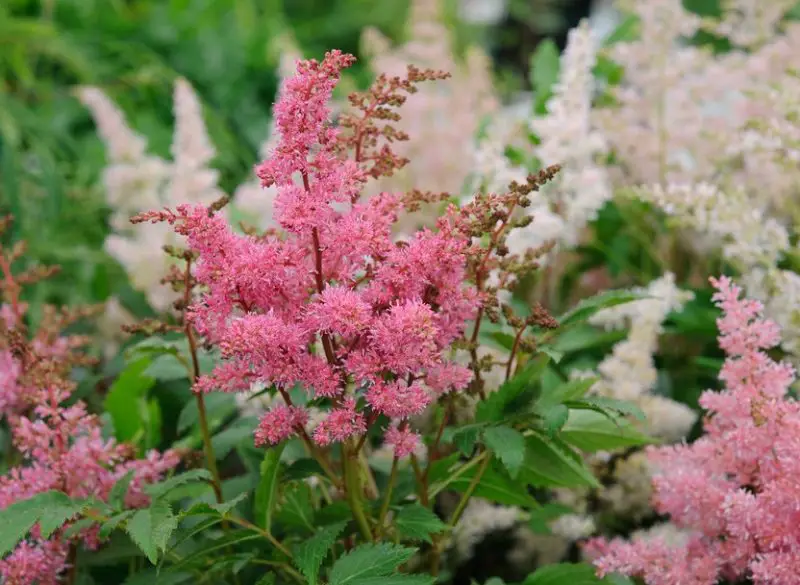
Scientifically referred to as Astilbe, this perennial plant is prized for its plume-like blossoms that sit above verdant, fern-like foliage. Astilbes, which bloom on slender, straight stalks from June to August, need little upkeep and make exquisite bouquets of cut flowers that elevate any arrangement.
Alchemilla
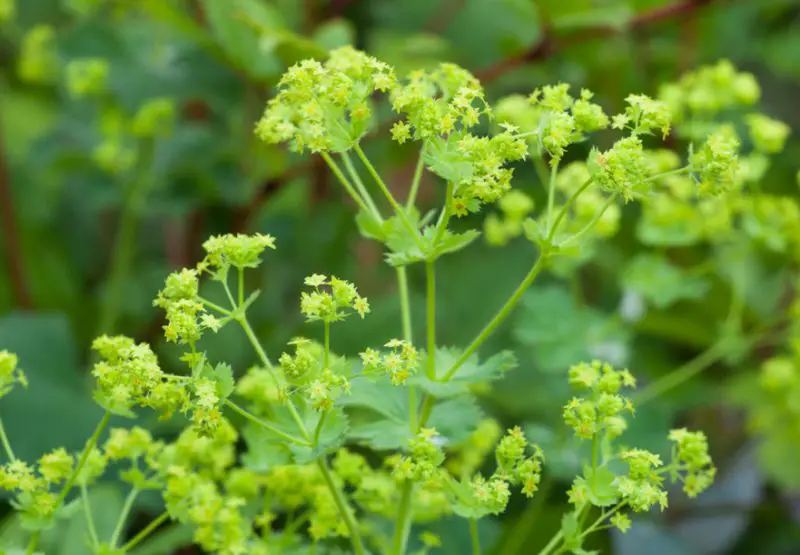
Alchemilla, commonly known as Lady’s Mantle, is a perennial plant blooming from June to September. Besides its beauty, it has medicinal uses, including treating stomach issues like diabetes, mild diarrhea, inflammation, water retention, and muscle spasms. This dual-purpose plant adds both aesthetic appeal and practical benefits to gardens.
Aubrieta option
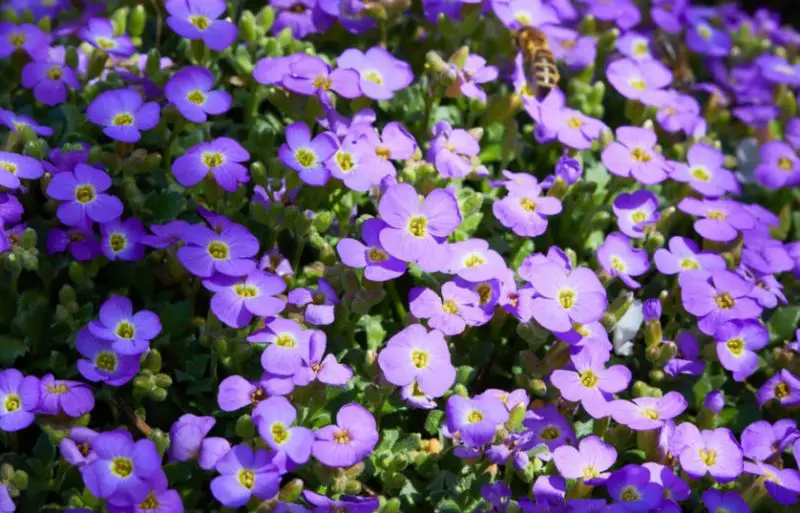
Aubrieta, known as Purple Rock Cress, Rainbow Rock Cress, and Lilac bush, is a perennial plant blooming from April to May. Belonging to the mustard family, it thrives in full sunlight and alkaline soil conditions, adding vibrant color and beauty to gardens during its flowering period.
Arum Lily
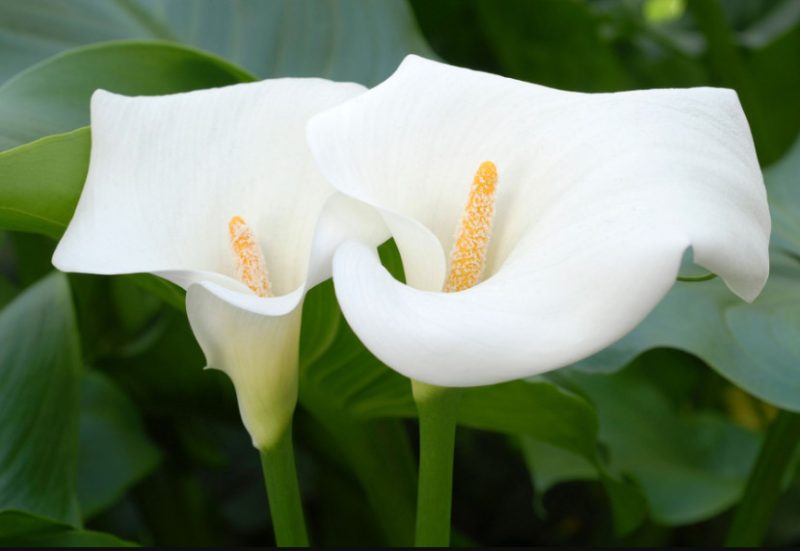
Arum, commonly known as Arum Lily or Calla Lily, is a perennial plant blooming from March to May. Often utilized as border shrubs, in bouquets, or greenhouse cultivation, this tuberous perennial emits a distinctive fragrance, ranging from unpleasant to sweet, adding charm and versatility to gardens and floral arrangements.
Anthericum

A perennial plant with grass-like leaves and stunning white lily-like flowers, Anthericum blooms from April to August. This rhizomatous perennial offers gardeners a multitude of choices for enhancing the beauty and sophistication of their outdoor areas, with about 50 species to choose from.
Alyssum
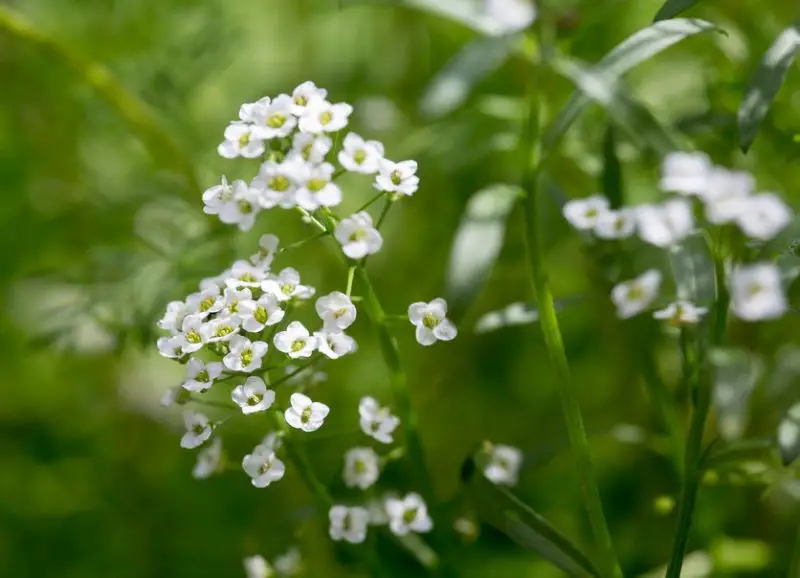
Alyssum, a perennial plant, blooms from June to October, forming a stunning carpet of small flowers in vibrant colors. Often used as ground cover in landscapes and gardens, Sweet Alyssum adds a touch of charm and beauty to outdoor spaces, enhancing their appeal throughout the blooming period.
Adriatic Bellflower
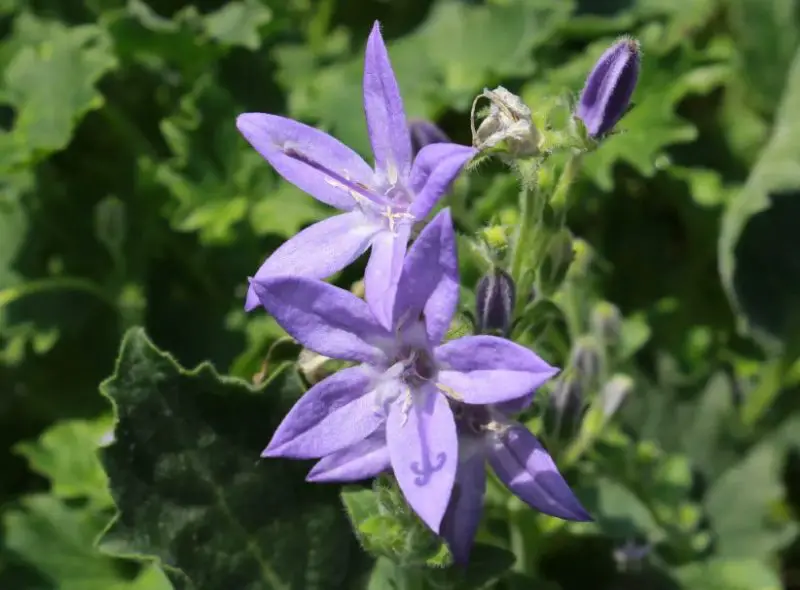
Campanula garganica, commonly known as Adriatic Bellflower, is an evergreen perennial thriving in various soils, including alkaline types. Blooming from June to September, this self-fertile plant prefers full sun and minimal shade. Its adaptability and resilience make it a perfect addition to gardens and landscapes.
Alpine Aster
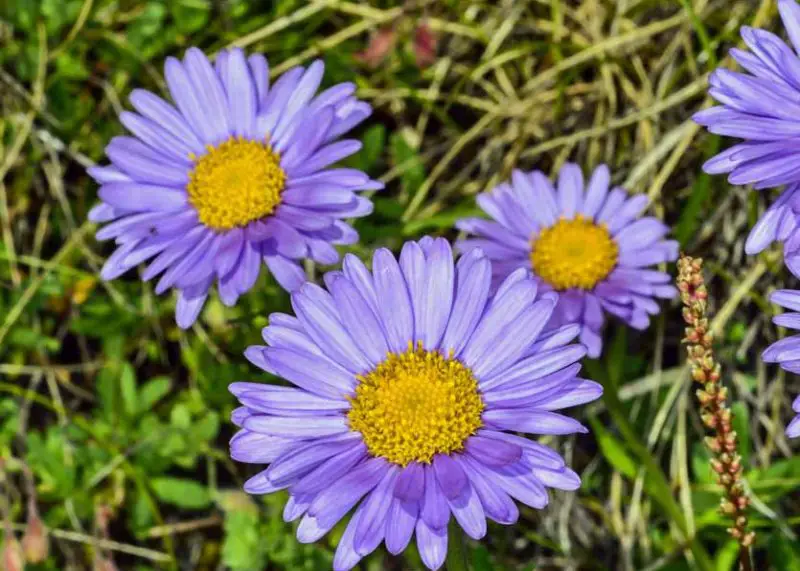
A perennial member of the Asteraceae family, Aster alpinus is often referred to as Alpine Aster. It blooms from March to September and, in the summer, produces lovely purple, blue, or pink flowers that provide gardens and landscapes a pop of color and beauty.
Angel’s Trumpet
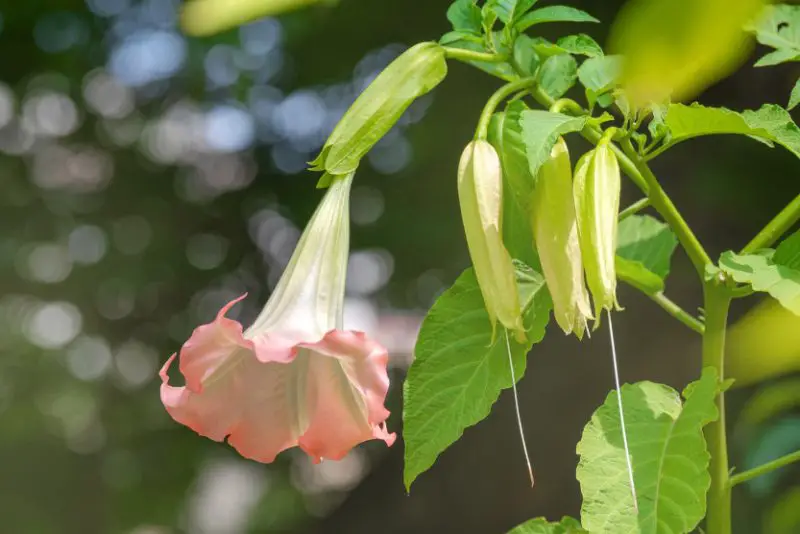
Brugmansia, commonly known as Angel’s Trumpet, is a perennial plant in the Solanaceae family. Blooming from September to November, it features large, sweet-smelling, pendulous flowers on a woody shrub or small tree. The plant’s fruit lacks spines, adding to its allure in gardens and landscapes.
Anise Hyssop
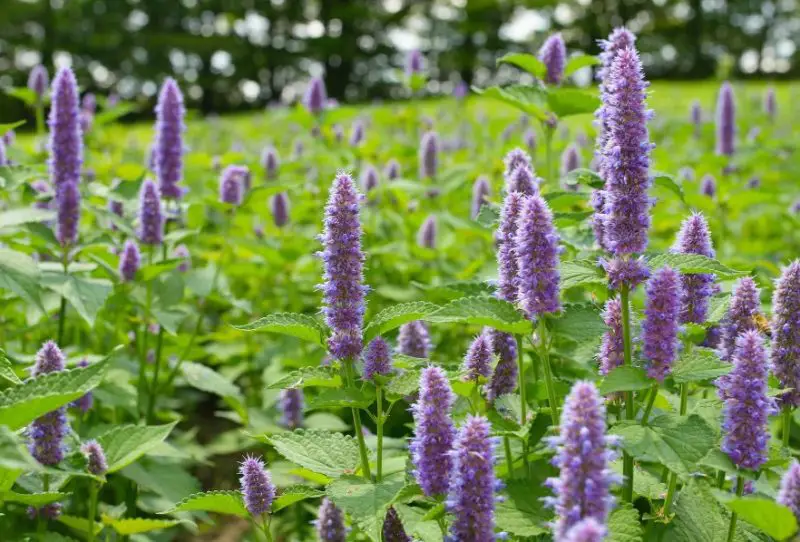
Agastache foeniculum, commonly known as Anise Hyssop or Fragrant Giant Hyssop, is a perennial plant blooming from September to November. This member of the mint family is recognized for its fragrant qualities and is alternatively referred to as Blue Giant Hyssop or Lavender Giant Hyssop.
Annual Honesty change

Lunaria annua, also known as Annual Honesty or Money Plant, is a biennial plant blooming from June to August. Recognized by names like Silver Dollar or Dollar Plant, it is simple to cultivate and begins producing purple blooms in its second season.
Annual Phlox
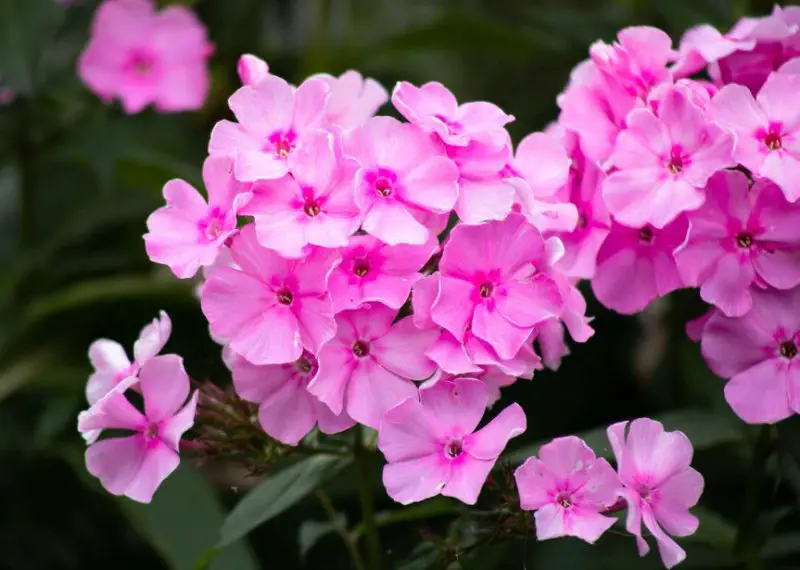
Phlox drummondii, known as Annual Phlox, is a perennial flowering plant in the Polemoniaceae family. Admired for its showy flowers and lush foliage, it is a popular choice among gardeners for ornamental purposes. Blooming from July to September, it adds vibrant color and beauty to garden landscapes.
Avens
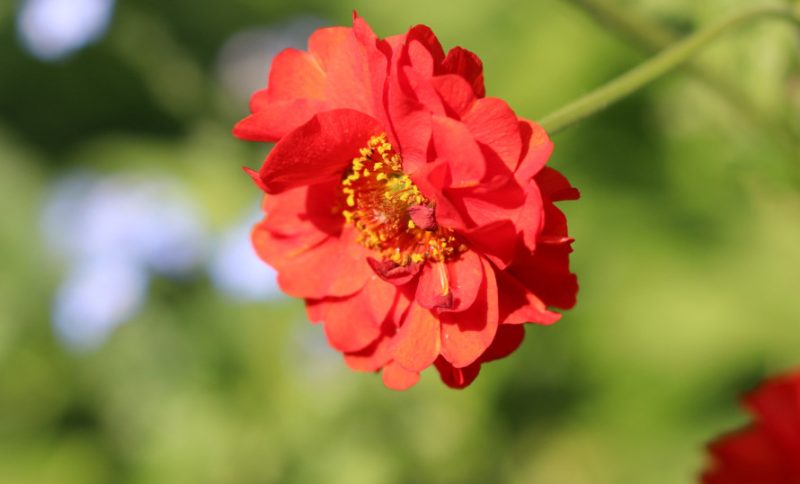
The perennial plant geum, often called avens, blooms from June to August. Avens brings a burst of color to the springtime scene with its vivid red, orange, or yellow blossoms that adorn gardens for weeks in the early spring and summer.
Ageratum Houstonianum
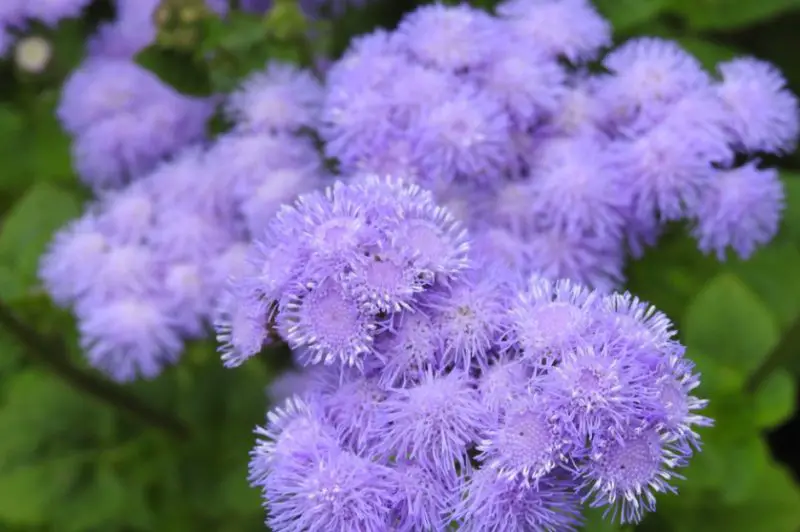
Ageratum houstonianum, commonly known as Ageratum, is an annual flowering plant in the Daisy family. Cultivated mainly in temperate zones, it blooms from late spring to fall. While typically an annual, some varieties are perennial. Ageratum thrives in beds, containers, and borders, enhancing garden landscapes with its colorful blooms.
Allium Roseum
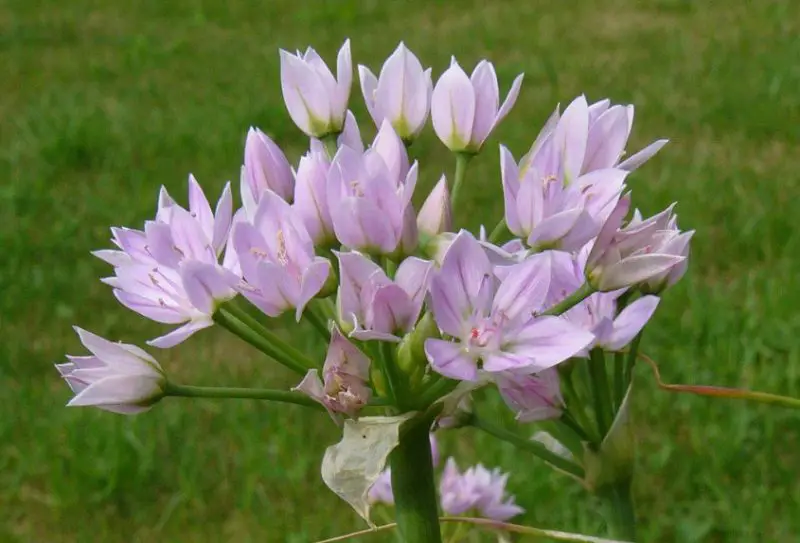
The perennial plant Allium roseum has blooms from late spring to early summer. Often called “Rose Garlic,” it has stunning purple-pink blooms that emerge gradually over two to three days, enhancing the beauty and grace of garden settings.
Astrantia
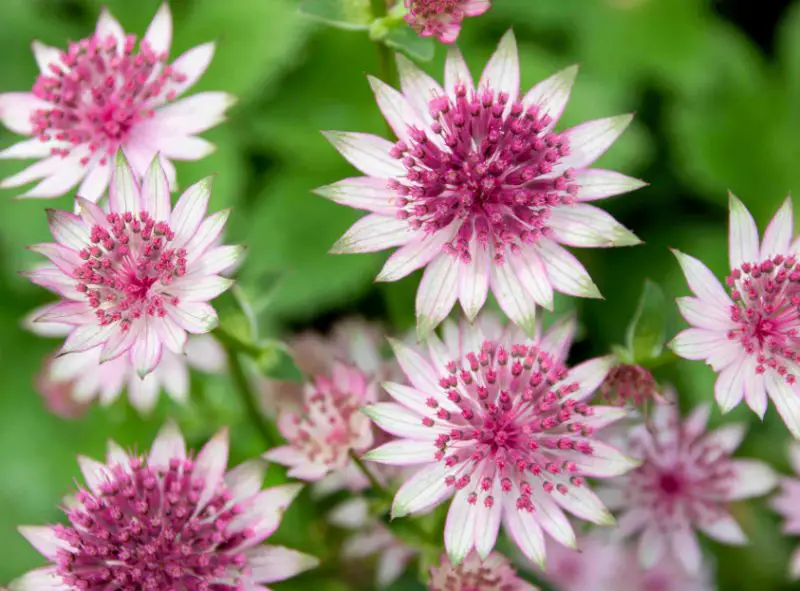
Masterwort, or astrantia, is a perennial plant that blooms from late spring to summer. Its star-shaped flowers, which are available in white, blue, or lilac, give garden scenes a little sophistication and appeal in the warmer months.
Aubreita Deltoidea
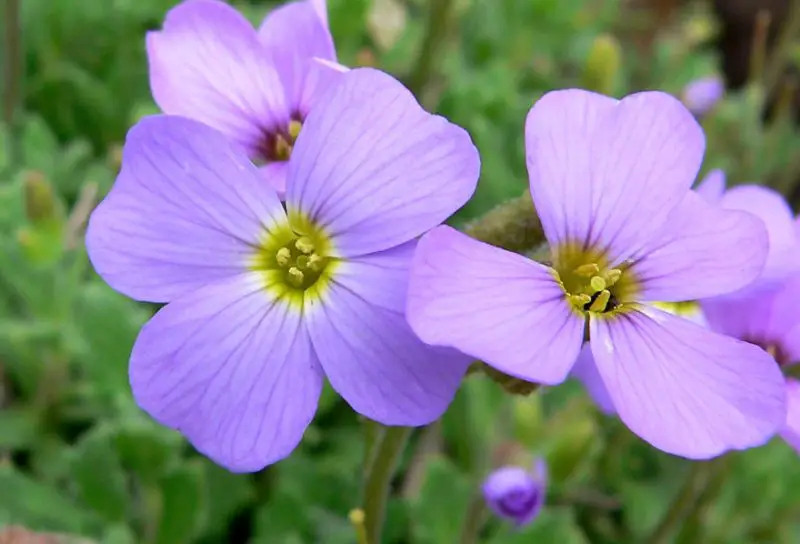
Aubrieta deltoidea, also known as Aubretia, is a semi-perennial plant native to Brazil. Beyond its ornamental value, it has been utilized for centuries in Brazilian traditional medicine to treat various ailments, including diabetes, hypertension, and tuberculosis. Blooming from late spring to summer, it offers both beauty and medicinal benefits.
Alstroemeria
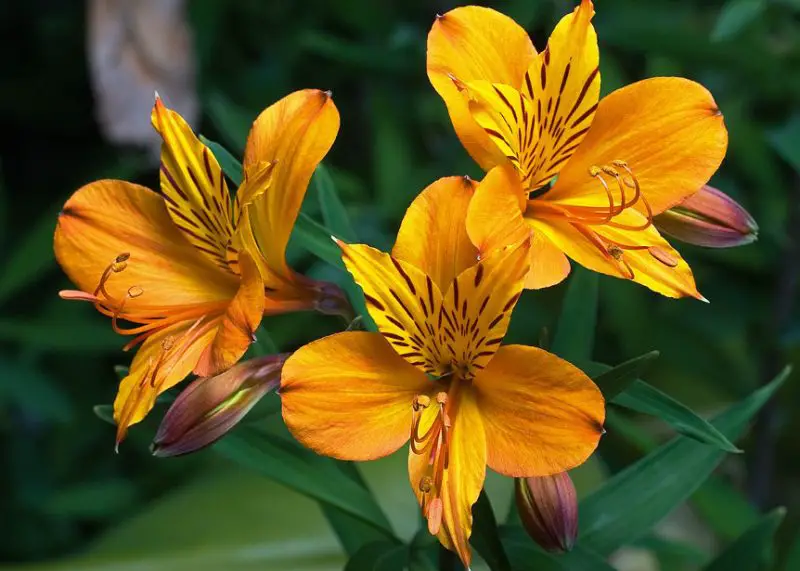
Alstroemeria, commonly known as Peruvian Lily, is a perennial plant native to South America. Despite its name, it is unrelated to true lilies. Belonging to the same family as Grape Hyacinths and Hyacinths, Alstroemeria is favored for its long-lasting cut flowers, making it a popular choice for bouquets and floral arrangements from late spring to early autumn.
Asclepias Syriaca
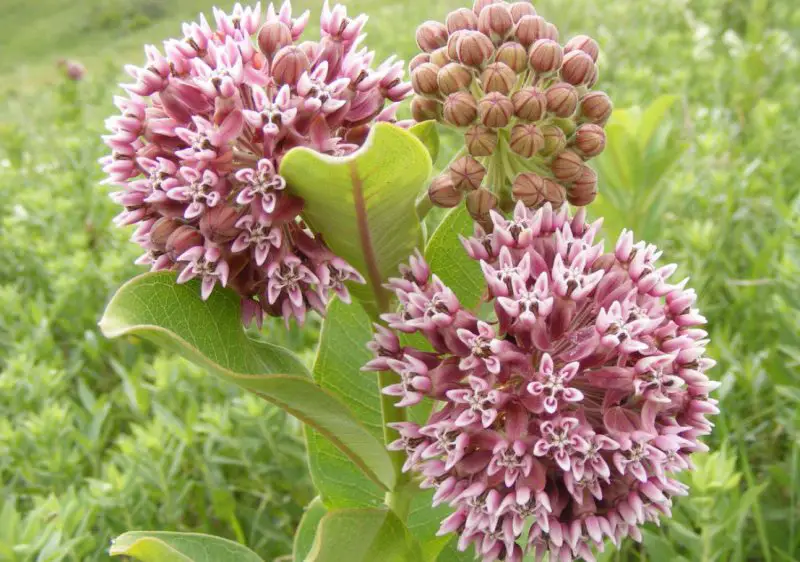
Asclepias syriaca, commonly known as silky swallow-wort, belongs to the milkweed family and is native to North America. Despite its name, it is also found in Asia. This versatile plant can be grown as both a perennial and an annual, blooming from late spring to summer.
Aquilegia
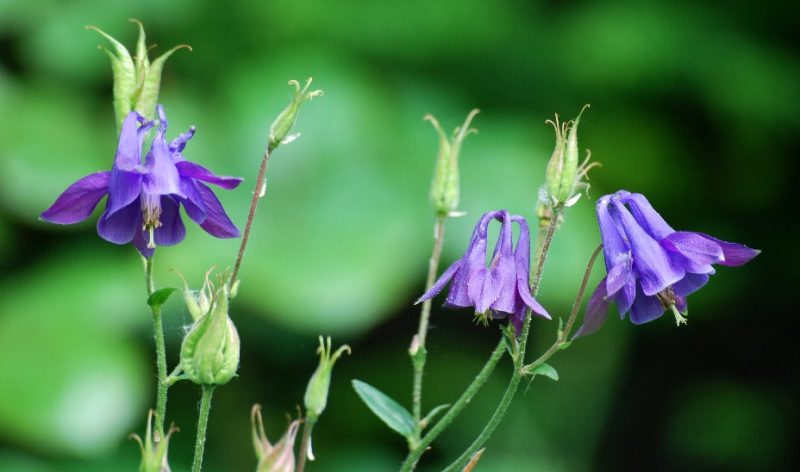
Aquilegia, a perennial flower genus with over 60 species, is most often known as columbines. Because of its spurred petals, which resemble an eagle’s claw and bloom from spring to summer, this plant is also known as “Aquila,” which means “eagle” in Latin.
African Lily
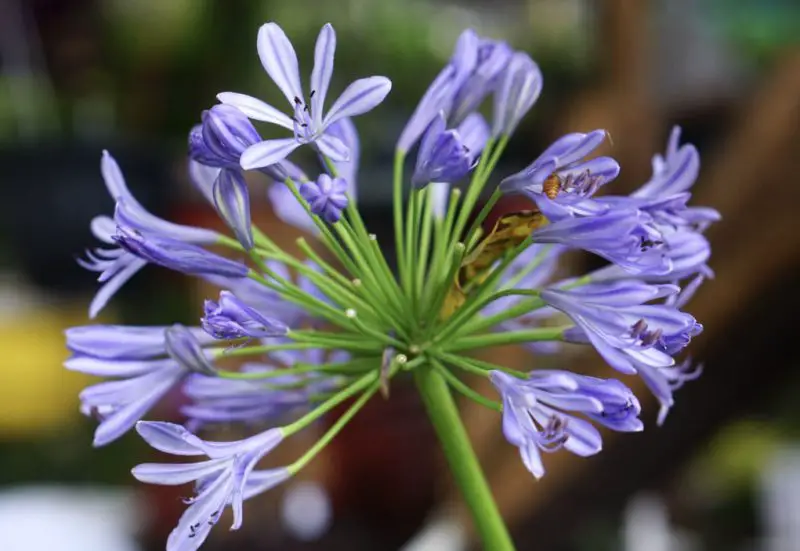
Agapanthus, commonly referred to as African Lily or Lily of the Nile, is a stunning genus of flowering plants within the Amaryllidaceae family. With approximately ten species, these perennials grace gardens with vibrant clusters of blossoms from September to December, earning them the endearing nickname “Flower of Love.” Their beauty captivates admirers worldwide.
Aconite
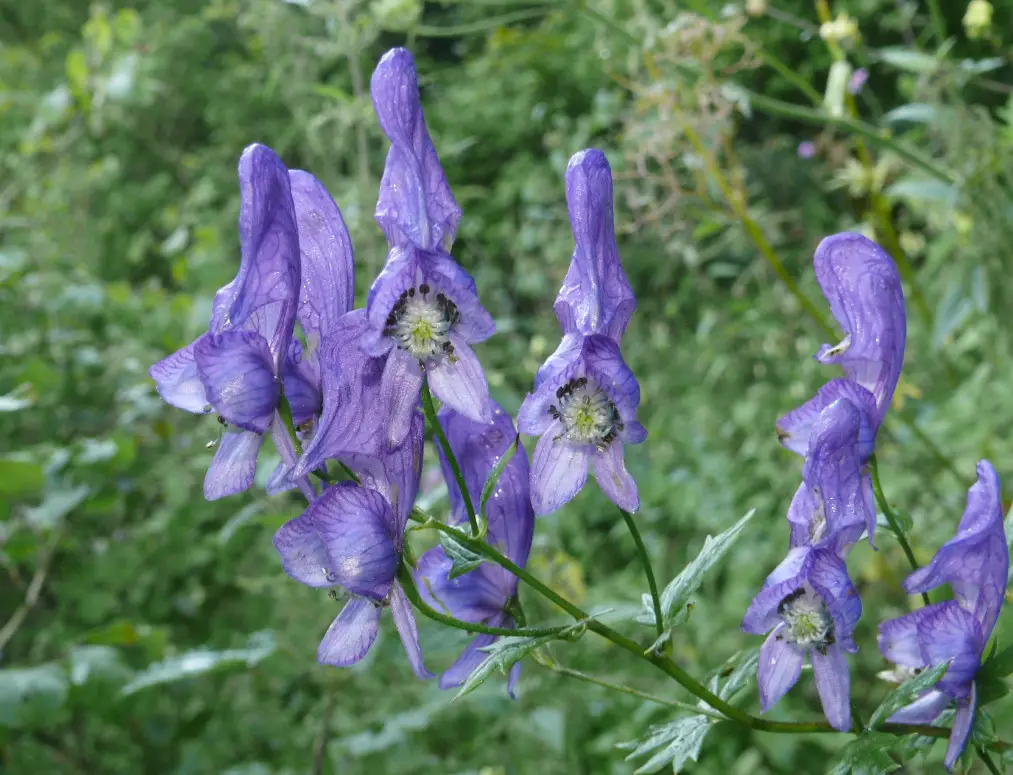
Aconitum, or commonly known as Wolf’s Bane, is a genus comprising over 300 flowering species. Belonging to cooler regions of the Northern Hemisphere, it blooms from September to November. However, caution is warranted as its blooms are highly poisonous, making it imperative to keep them out of reach of children.
Allium
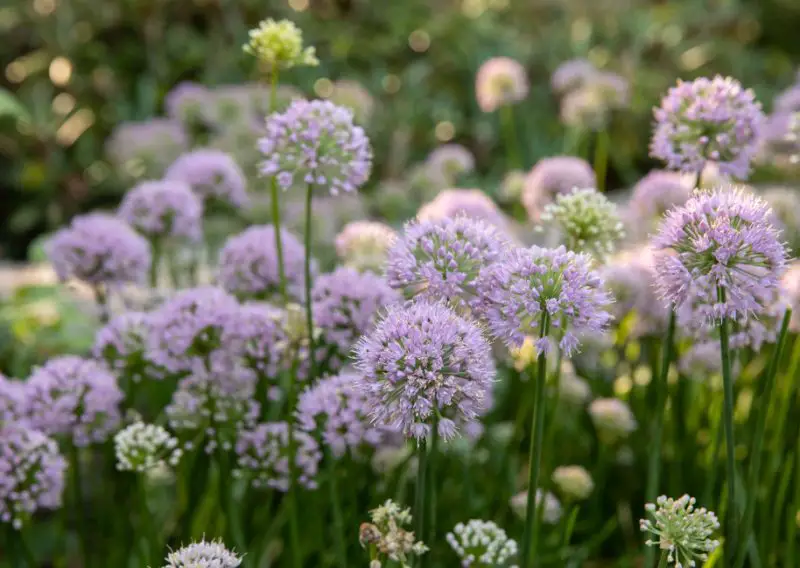
Allium, the scientific name for the Amaryllidaceae family, contains more than eight hundred species. These adaptable plants, which are native to the northern hemisphere, are now widely grown. Their breathtaking display of blossoms, which come in a variety of forms, sizes, and colors, enhances landscapes all over the world from June to July.
Amaryllis
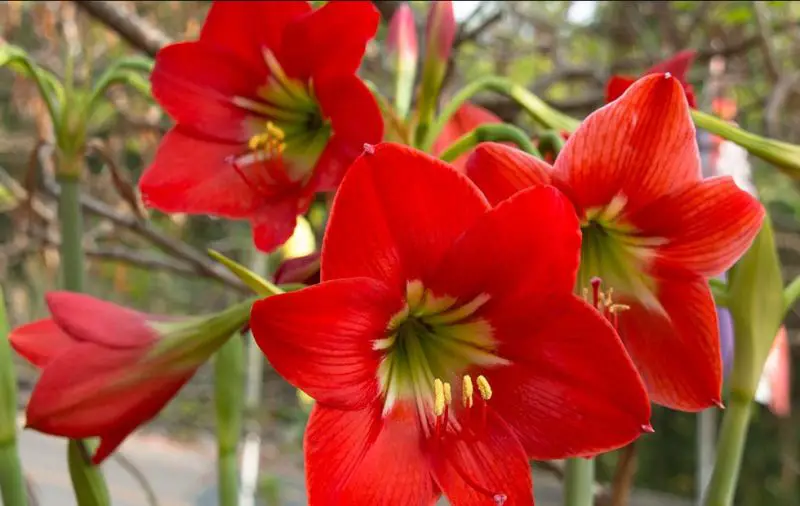
Known formally as Amaryllis, this perennial plant is distinguished by its bulbs that bloom. Amaryllis belladonna and Amaryllis paradisicola are two prominent species in this genus. From March to October, these plants grace landscapes with their blossoms, bringing style and color to outdoor areas.
Anemone
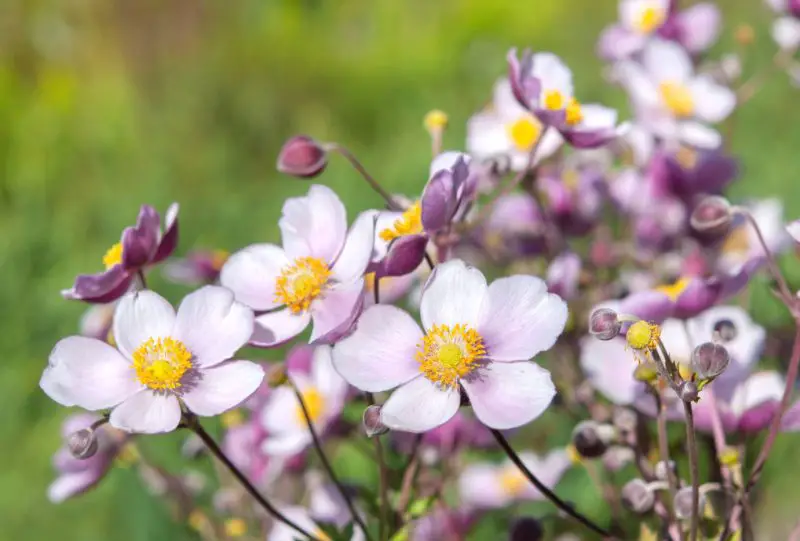
Known by its scientific name, Anemone, it is a perennial genus in the Ranunculaceae family containing between 100 and 120 species. These plants, which are native to Europe, North America, and Japan, bloom in March and May. Their flower stalks bear beautiful flowers, frequently with three smaller leaves beneath, which adds to their charm.
Anthurium

Anthurium andraeanum, commonly known as Anthurium, is a perennial plant that blooms throughout the year. Its unique feature lies in the tiny flowers emerging from the base of the spathe, adorned with heart-shaped bracts. This distinctive appearance has captivated flower enthusiasts, making Anthurium a popular choice for gardens.
Aster
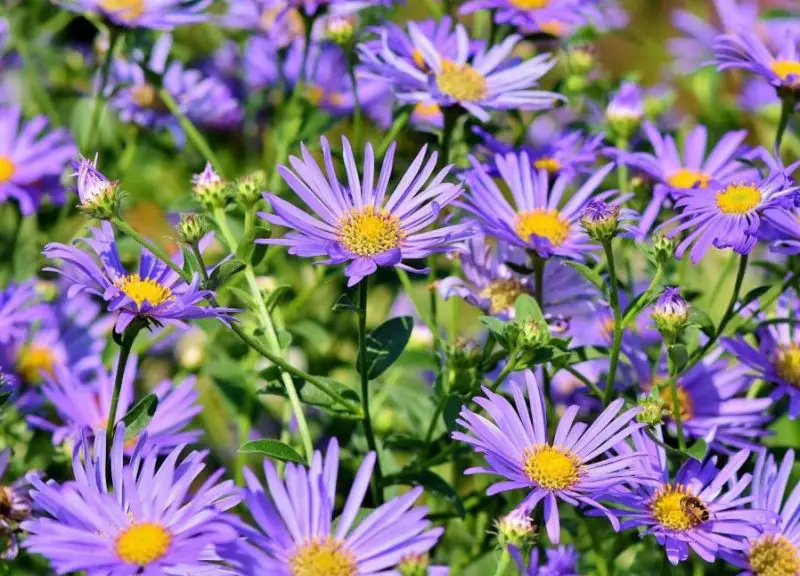
Aster, or Asteraceae, is a perennial plant with blooms that last from March to September. Its flowers are tiny, tubular and centered around a yellow disk; they look like daisies. Asters are a lovely addition to any garden setting because of this endearing likeness, which heightens their appeal.
Angelonia
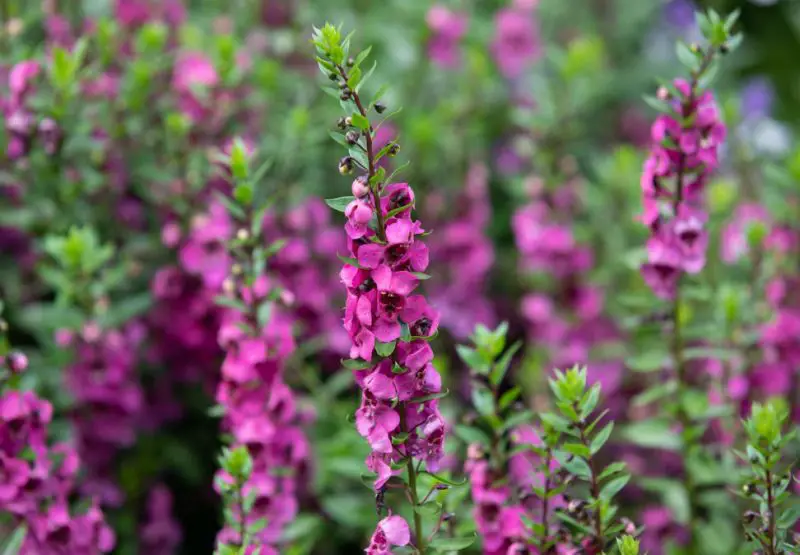
Native to Mexico and Argentina, angelonia, often called summer Snapdragon, is a perennial plant. With herbaceous stems and blooms from September to December, Angelonia thrives in both semi-arid and desert conditions. It is a delightful addition to gardens all over the world because of its hardiness and colorful flowers.
African Daisy
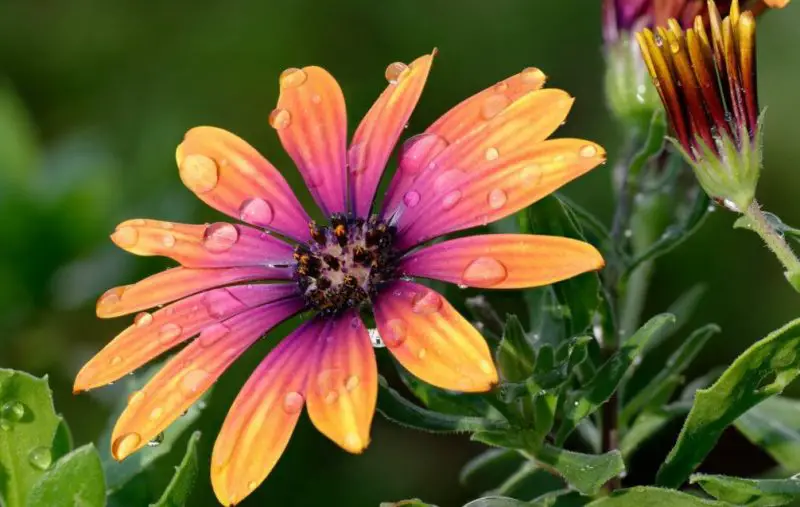
Dimorphotheca ecklonis, commonly known as African Daisy, is a perennial plant renowned for its vibrant blooms. Within just 1-2 months of planting, these flowers burst forth in an array of striking colors including pink, yellow, purple, white, orange, and bicolor varieties. Blooming from May to September, they add a splash of color to gardens throughout the summer.
People Who Read This Also Read:







SIR, I have an Amarilis plant that has grown it’s 3 leaves between two-foot and three foot high. It has no sign of any flowers. I also have another plant that shows nothing. They were both boughten a year ago from a local department store. Am hoping you can help me do something to help my poor plants. The plant with the 3 leaves gave us 4 or 5 flowers on one stem. the other plant was more normal and gave us 1 or 2 flowers per stem.